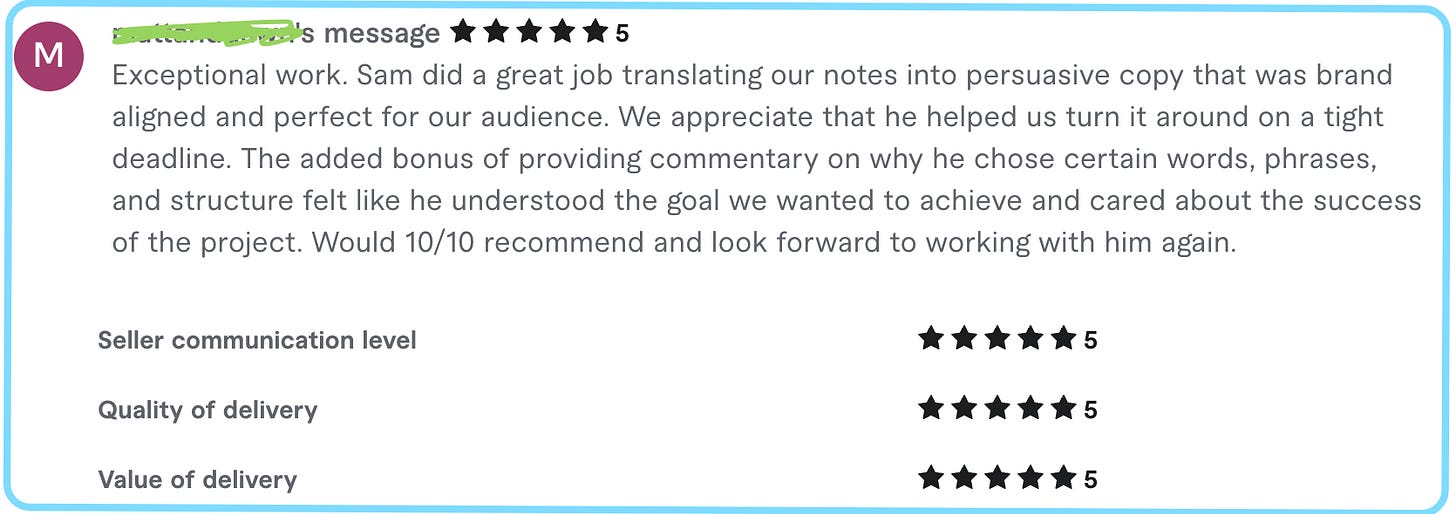AI "wrote" the Declaration of Independence 📜
Why Thomas Jefferson would FAIL an AI detector test...
The founding fathers just got accused of plagiarism.
An AI detection software analysed the 18th Century U.S. Declaration of Independence and delivered its verdict: 99.99% AI-generated.
That’s right…“We hold these truths to be self-evident” apparently sounds like AI wrote it.
Credit to Pascal Bornet for bringing this eye-opening discovery to light.
Why did it get a 99.99% score?
Because detectors don’t read meaning. They just scan for patterns like logic, repetition, and clarity… the very qualities Jefferson used to move a nation.
And that’s the problem.
AI can mimic structure. It can recognise patterns. It can predict the next word.
But it can’t feel the WHY.
✅ Your intent.
✅ Your judgment.
✅ Your voice.
That’s what makes work timeless. That’s what makes it yours.
🎯 How to capitalise on the “real vs. robot” debate
Here’s what this means for freelancers and solopreneurs:
🚫 AI detectors don’t decide value – The Declaration “fails” the test because it’s orderly. But clients don’t hire you for neatness. They hire you for perspective. Don’t confuse polished with personal. Stop worrying about flags and start showing depth.
👤 Voice is the moat – AI detectors collapse when writing carries lived experience. Your quirks, scars, and stories are proof of work. Machines can’t fake having been there.
✏️ Process becomes proof – Your messy first drafts, revision and thinking-out-loud notes are your authenticity insurance. They prove the human journey.
🧠 Your perspective is the differentiator
So how do you prove your work is authentically yours? Not to the AI detectors (we’ve already seen they are useless), but to your clients.
A copywriter might say:
“AI generates endless variations. But it’s never had to explain to a founder why their launch copy didn’t convert. I write based on years of tweaking and testing.”
A coach could frame it like this:
“AI can summarise 1,000 habits. But it’s never watched someone cry when they finally broke one. My coaching comes with lived breakthroughs.”
A designer might put it simply:
“AI knows patterns. But it’s never stood in Times Square watching its work light up a screen. My designs come with the human rush of impact.”
🚀 Ideas for testing this quick growth idea
Here’s how to show your humanity in a machine world:
💭 Tell the story behind your work – Add a one-paragraph “Why I wrote this” at the top of your deliverables. Clients can smell intent.
🎥 Explain the why, not just the what – Don’t just hand over designs or copy. Record a 90-second Loom: “Here’s why I made this choice.” Machines don’t narrate meaning.
👉 Leave fingerprints – Include personal references, analogies, or lived stories in your work. No detector can fake a detail like “I learned this lesson when my first client ghosted me in 2017.”
👇 Proof it works
This client loved that I explained why I made certain choices in their delivery. I added notes explaining my key decisions behind certain areas of the landing page to show why it works. This also helps prevent lengthy revision processes.
💡 Your Friday takeaway
The Declaration of Independence wasn’t written by AI.
But it got flagged anyway because good structure looks “artificial” to algorithms.
In a world where AI can generate anything, your job is to leave the marks only a human can make.
TL;DR: AI flagged the Declaration of Independence as machine-made. That proves detectors don’t define authenticity. Your voice, judgment, and intent are your unfair advantage.
See you next week 🚀
Sam
—If you enjoyed issue #10, please tap the Like button below 💙 Thank you!





